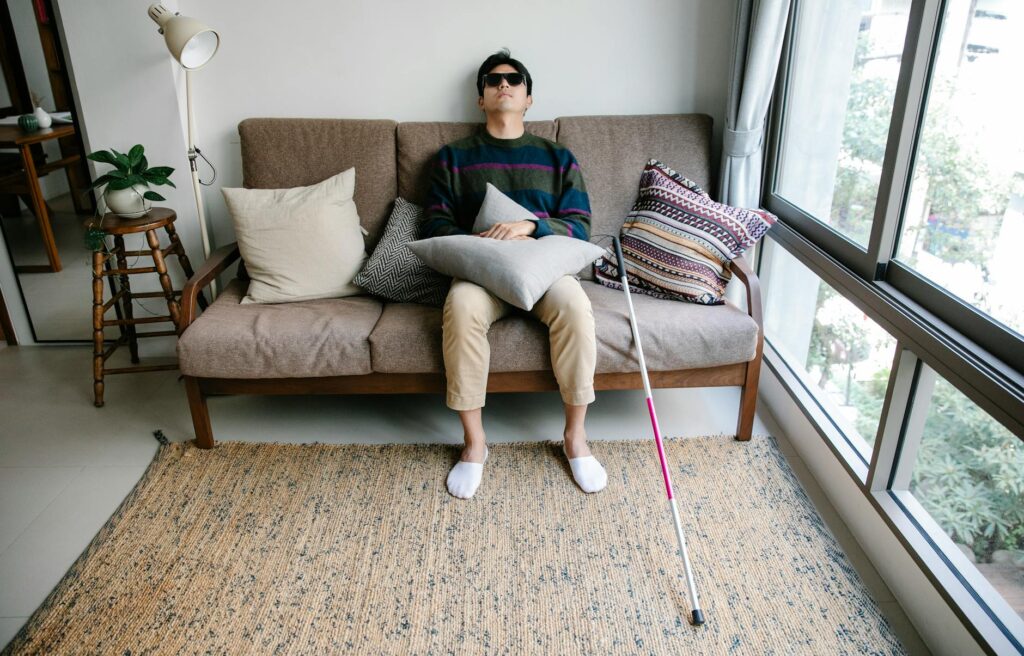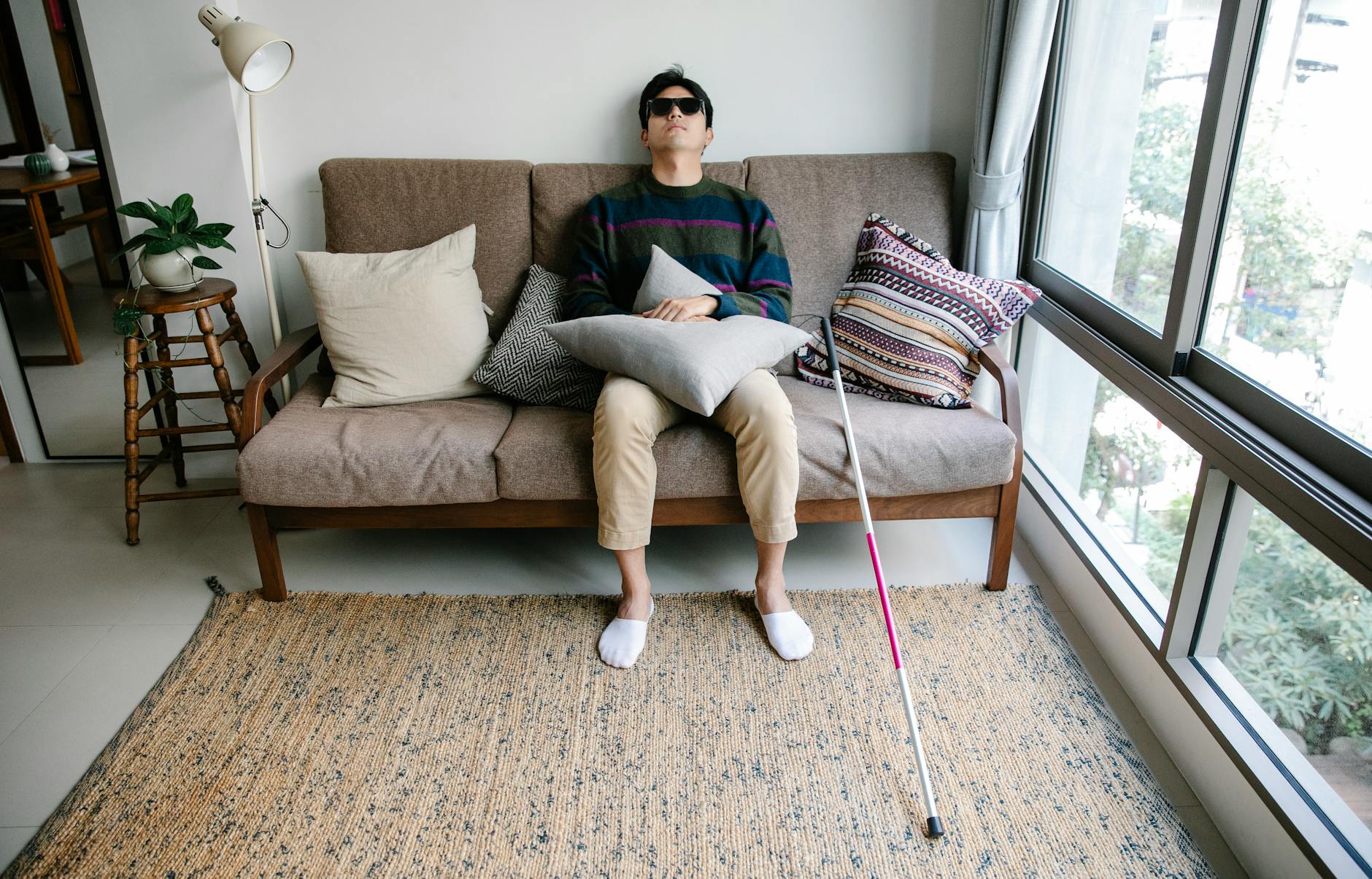The Ultimate Guide to Floor Lamp Placement: Where to Put It & Why
One of the most understated elements of interior design and home decor is lighting. As cliche as it may sound, lighting indeed has the power to make or break the visual impact and functionality of a room. And when we talk about lighting, not many among us really consider the importance of a well-placed floor lamp.
Contrary to popular belief, placing a floor lamp is not just about finding an accessible power socket. It’s an art that requires a fair understanding of design principles, room layout, and functional needs. And for those looking to crack this art, this ultimate guide is your accomplice. Let’s get started!

Understanding the Role of a Floor Lamp
The first step towards mastering the right placement of floor lamps is understanding what role they play in your home decor and lighting plan. Depending on its type and placement, a floor lamp can serve versatile functions—ambient lighting, task lighting, or accent lighting.
Ambient lighting ensures an evenly lit room by filling the space with a soft glow. In contrast, task lighting, like reading or crafting lamps, focusses light on a specific area for activities demanding precision. Accent floor lamps mainly highlight architectural features or artworks. They can also create depth and dimensions when used creatively. You can experiment with multiple types of floor lamps to meet different lighting needs within a single room.

Where to Put Your Floor Lamp: Key Placement Tips
Consider the Room Layout
Consider the overall layout of your room before you decide where to place a floor lamp. In a small room, a floor lamp in the corner can work as ambient lighting while saving space. On the other hand, a larger room might need multiple floor lamps to get evenly spread light. In such cases, placing lamps on either side of a significant piece of furniture like the sofa can be a smart move.
You can also use floor lamps to establish and enhance visual flow in a room. Try placing a taller floor lamp near a high bookshelf or a shorter one next to a low-slung couch. The idea is to create a visual connection among all elements in the room.

Keep Functionality at the Forefront
A well-placed floor lamp is always a blend of aesthetics and functionality. If you require a floor lamp for a specific task, place it close to the area of activity. For instance, a reading lamp should ideally be near the sitting area with the light falling over your shoulder from behind.
Don’t Forget Safety
Ensure that the floor lamp you choose does not obstruct movement within the room. Also, be mindful of the power cord’s position. Tripping over a lamp cord can lead to accidents and, not to mention, a broken lamp. Avoid placing floor lamps in busy, high-traffic areas of your home.
Why Lamp Placement Matters
So, why does it matter where you put your floor lamp? A floor lamp is more than just a light emitter. It has the power to enhance your room’s aesthetics, mood, and functionality if placed properly. When the principles of placement we discussed above are followed, well-placed floor lamps can add structure to your room and bring out the best in your home décor.
They can create a sense of coziness and drama, make a room look taller or wider, and even work as statement pieces. An excellent example is the way designers use light and dark to trick the eye and optimize space perception.
Wrapping Up
Mastering floor lamp placement is indeed an invaluable resource that can help you level up your home decor game. With the right plan and understanding, you can create transformational lighting effects with just a single lamp or a smart combination of lamps. Embrace this hidden gem of the decor world and watch it illuminate your spaces like never before. Check our other posts, like kinds of floor lamps and how to choose furniture for your living room, for more insights.
Frequently Asked Questions
Should a floor lamp shine down or up?
The direction your floor lamp should shine depends on its role. For ambient lighting, lamps that shine upwards can fill the room with a soft glow. For task lighting, lamps should shine down on the specific area of activity.
How tall should a floor lamp be?
A floor lamp should be tall enough to shine light over the shoulder in the case of reading or task lamps. Generally, the height varies based on its role and the height of nearby furniture, but it is commonly in the range of 58 to 64 inches.
Is it okay to mix and match different lamps in one room?
Yes, you can mix different lamps in one room, provided they align with your room’s overall design theme. This can help cater to various lighting needs within the same room.
Should floor lamps match ceiling lights?
Not necessarily. While it’s essential for all lights to have a cohesive presence, they do not necessarily need to match. What’s more important is ensuring the lights align well with the overall design scheme of the room.
Can a floor lamp be taller than a sofa?
Yes, in fact, a floor lamp should generally be taller than a sofa or chair it’s placed next to, ensuring light is spread across the seating area from above.
Where should I place a floor lamp in a living room?
You can place a floor lamp next to a sofa, near the corners, or beside an accent chair. The placement should align with room layout, function of the lamp, and aesthetics.





